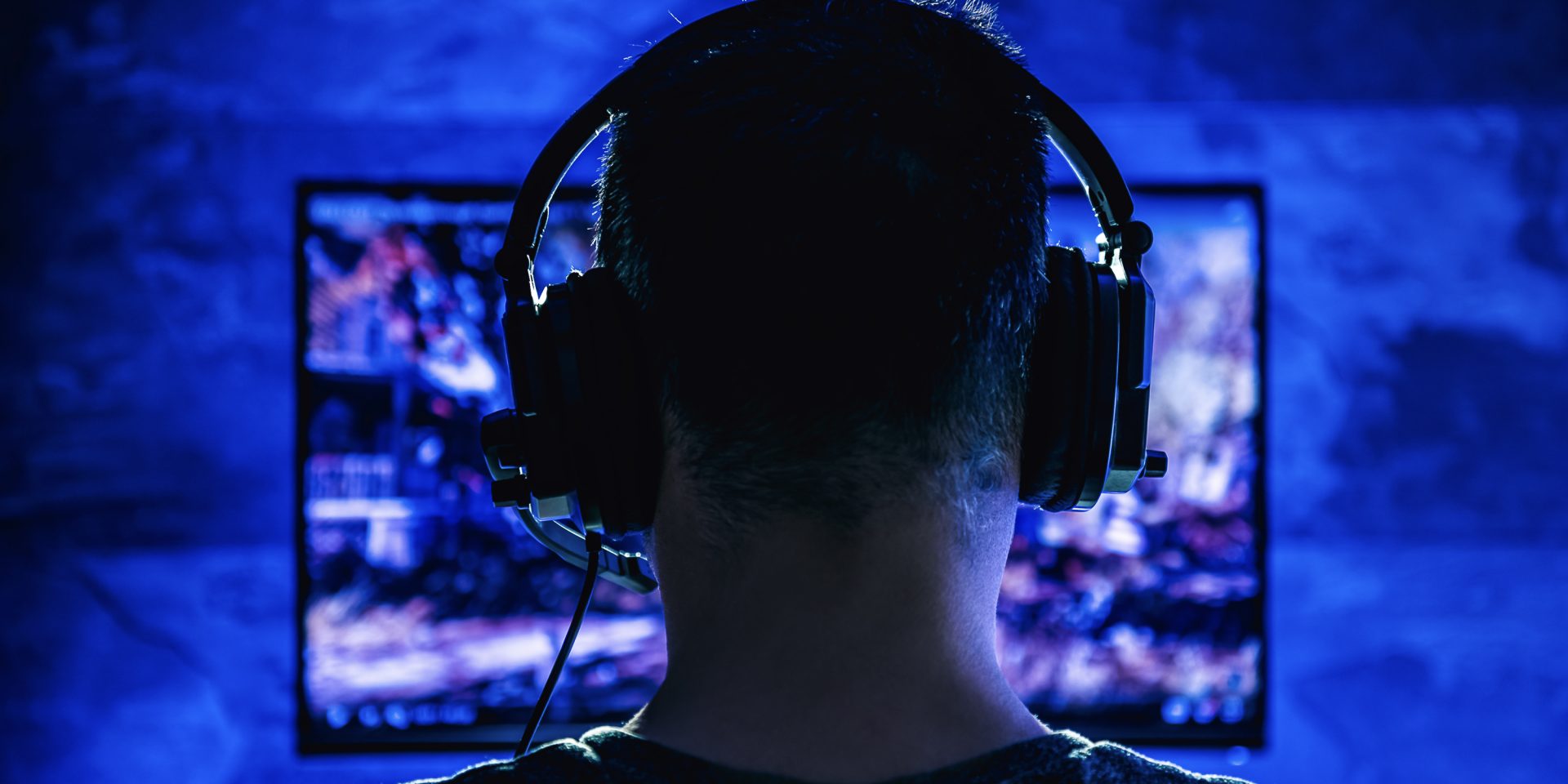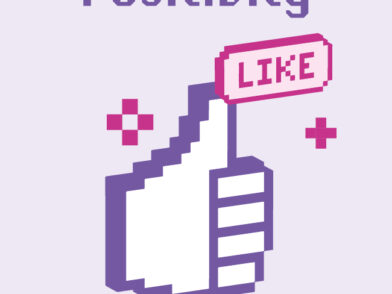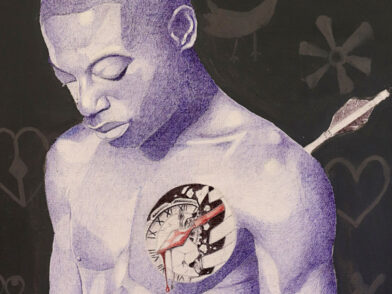Emerging from the online spaces of the ‘manosphere’, a collection of interlinked websites, chatrooms and message boards, ‘incels’ meet in a digital ecosystem whose defining characteristic is its intense anti-feminism.
The recent Netflix series, Adolescence, explores the ways that boys as young as thirteen can be drawn into violent behaviour through the influence of Incel culture.
“There are incels and then there are misogynist incels. This latter group is the one that is potentially problematic,” Dr Shannon Zimmerman, an expert on the incel phenomenon from Deakin University, told The New Point Magazine.
“People can be involuntary celibates and not be extremists. It could be socially awkwardness, they could be isolated. There are self-help groups made for incels.”
Dr Zimmerman said the more extreme form of the incel movement needs to be understood as part of a broader online phenomenon that has allowed misogyny and anti-women hate to thrive.
“We have to acknowledge that the internet is misogynistic…. This feeds into the loneliness of vulnerable young men,” Dr Zimmerman said.
Inceldom (the state of being an incel) is also compounded by individual life circumstances.
“There are incels and then there are misogynist incels. This latter group is the one that is potentially problematic”
Dr Shannon Zimmerman, Deakin University
“A lot of incels describe themselves as NEET (not in employment, education or training) so they are home all day,” Dr Zimmerman said.
The incel subculture has developed its own misogynistic vocabulary. Common incel terms include ’Beckys‘ (average-looking women) and ‘Staceys’ (attractive women) and ’Chads‘ (highly attractive men). Additionally, terms like ‘beta,’ ‘blackpill,’ and ‘femoid’ are used within the community to express various beliefs and attitudes towards women and society.
Incel ideology is a weird mix of supremacism and masochistic self-hatred: incels see themselves as biologically inferior to the alpha-male “Chads” but intellectually and morally superior.
But what transforms an incel from a social loner into a violent killer?
Who was Elliot Rodger?
Elliot Rodger perpetrated the 2014 Isla Vista killings in California. Rodger expressed misogynistic grievances in a manifesto and video before killing six people, injuring 14 others, and then shooting himself. A middle-class young man who benefitted from the financial and psycho-social support of his parents and community, Rodger’s extremism appears as a deliberate and informed choice, rather than a hopeless descent into hate. In his manifesto he chillingly said, “all of my suffering on this world has been at the hands of humanity, particularly women” and that “humanity struck at me first by condemning me to experience so much suffering.” In incel circles, Rodger is referred to as the ‘supreme gentleman.’
For Dr Zimmerman, there are critical factors that indicate that an incel is planning a mass violence attack.
“Most incels, even misogynist incels, are not violent. However, when people get to the point when they are making concrete plans or when they acquire weapons, these are big indicators of violence. There’s a difference between fantasising about and actually committing mass violence,” she said.
“Incels will even notify people of the forthcoming attack. Rodger sent out his manifesto in the hours before the attack. Other attackers have made posts on social media or organised to film and stream their attacks. However, the time between when intent is indicated and the actual act of violence can be very short. They’re very hard to predict and respond to.”
Dr Zimmerman insists that a whole-of-society approach is needed to confront the pernicious threat of the incel phenomenon, including the prevention of social isolation.
“The challenge with incels is this becomes their identity and it’s hard for them to leave. Identifying what kind of offramps might help people to leave the ideology, this might include vocational training support and psycho-social support.”
Dr Zimmerman explains that shutting down websites or resorting to censorship isn’t a quick-fix solution to this problem.
“There have been studies that closing the websites doesn’t help. New websites appear and they’re more extreme and this reinforces the incel feeling of persecution.”
Dr Zimmerman said that, ultimately, understanding the dynamics of inceldom is crucial to help its proponents escape its toxic subculture.
“People often leave inceldom when they get a job or they get their first girlfriend. They are really in a bubble and anything that pierces that bubble is enough to get them to leave.”
UK filmmaker and journalist Benjamin Zand joins Start the Conversation via the Step Together series to explore incel culture, its ideology, and its links to gender-based violent extremism. This episode explores the question: do incels pose a serious threat in Australia, or are they a misunderstood, marginalised group?
Some groups you might find in the Manosphere
- Men’s Rights Activists (MRAs): A contemporary ‘anti-feminist’ faction stemming from the men’s liberation movement of the 1970s, known for taking legal action against venues hosting Women’s Only Nights.
- Pick-Up Artists: Engage in the pursuit of seducing women for sexual conquest.
- Men Going Their Own Way (MGTOW): Often opt for a solitary or hermit-like lifestyle as a conscious choice.
- Involuntary Celibates (Incels): Characterised by holding self-hating and radical anti-women beliefs.
- Gamer geeks: Individuals deeply involved in gaming culture, often finding community and comfort within online gaming communities.
- Christian fundamentalists: Followers of conservative interpretations of Christianity, sometimes emphasising traditional gender roles and views on relationships.
Explore other topics —






